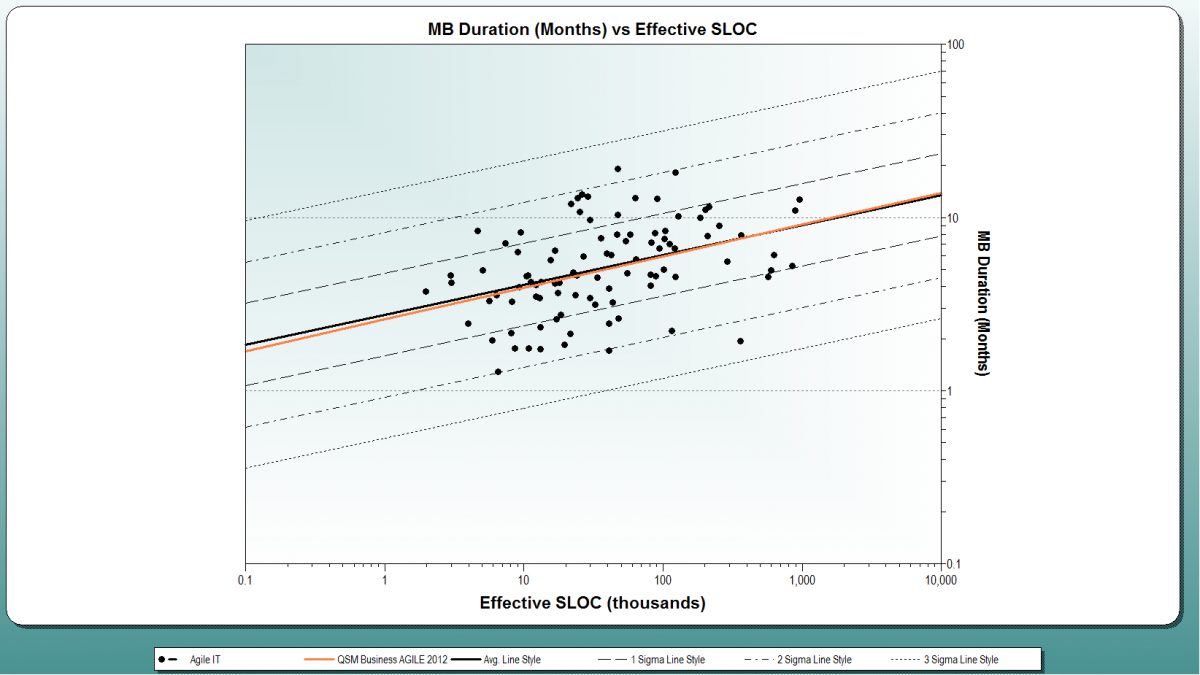Agile Series Part 3: Embrace Change
“The only thing that is constant is change” ~Heraclitus
This proverb is often told to individuals (like me) who love to see a project follow a plan from start to finish. I’ll be honest, I’m a planner. I’m thrilled when the plans I put in motion actually work out the way I intended. These are the moments when I retort, “the only people who like change are wet babies.” However, more often than not, something changes, which throws off my entire plan and forces me to not only revisit Heraclitus’s proverb but also rethink my plan entirely.
Building software, particularly in Agile development, is no exception. In fact, the second principle of the Agile Manifesto states that developers should: “Welcom[e] changing requirements, even late in development. Agile processes harness change for the customer’s competitive advantage.”
It would seem, then, that this principle would disappoint any planner working on an Agile team. Why bother creating a development plan if you know the stakeholders are going to change their minds about their desired features at the last minute? While we’re on this subject, if the requirements are going to change from one iteration to the next, why bother estimating the project at all?

